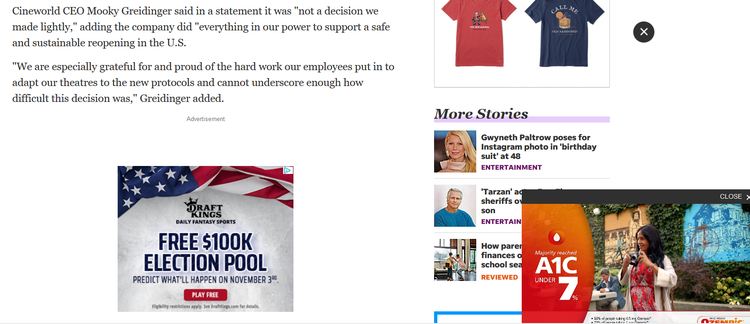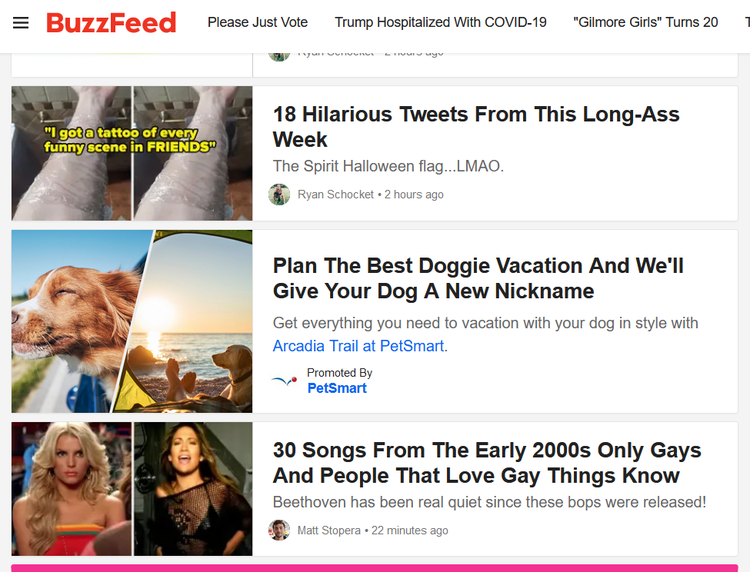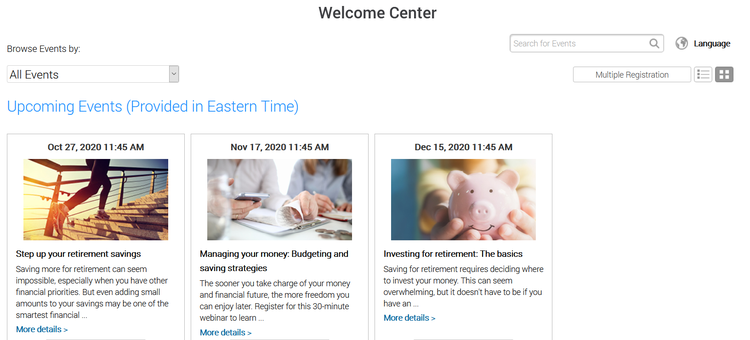Website owners have abundant options when it comes to making money online. This guide breaks down the 11 major ways you can monetize a website.
Earning revenue online seems extremely difficult — and, no question, it can be a slog. But if you hit the right niche and have a smart marketing and monetization strategy, it’s a fulfilling way to make a living. It’s also a chance for you to make money from something you’re passionate about.
But if you’re not careful, you’ll pour a whole bunch of time and money into an online business model that doesn’t work. So before you even secure a domain name, you should lay out a solid plan to become profitable. And the first step you must take is to decide how you are going to make money.
You’ll find many different ways to make a profit online. If you want to make money, these 11 methods are the best ways to do it.
11 ways to make money with your website:
- Advertising
- Affiliate marketing
- Pay per click (PPC)
- Selling products
- Selling services
- Sponsored posts
- Premium content
- Building email/phone lists
- Webinar hosting
- Donations
- Sell your website
1. Advertising
Selling ad space is the traditional way of making money online, and while it has given way to more creative ways to monetize websites, it still remains a common profit tactic.
And you don’t necessarily need millions of pageviews per month to make a decent amount of money this way — if your business’s website appeals to a small but highly targeted niche audience, you can sell ad space to companies who want to reach those individuals.
For example, if you write a blog about maintaining Japanese built motorcycles and have a loyal readership, you can sell ad space to, say, companies that sell parts for those types of bikes.
Real-world example: Newspaper websites typically rely heavily on selling ad space. If you visit USA Today’s website, you’ll see a mix of static and video ads for everything from medication to fantasy sports, reflecting the broad demographic of their audience.

USA Today’s articles have a wide range of ads in both static and video formats within or alongside the content. Image source: Author
2. Affiliate marketing
Affiliate marketing and affiliate links are an increasingly popular form of monetization for websites and blogs. Under this system, you would choose an affiliate program — Amazon is a common choice — and generate an affiliate link that you would post on your website to recommend to your audience.
If one of your readers clicks on the link and buys the product, you get a commission for that sale. This commission can be substantial, ranging from 1-10%.
Real-world example: Wirecutter reviews electronics and consumer goods, and has affiliate links throughout. The site aims to help people find the best consumer products, and as a result customers trust their recommendations and buy through their links, earning the site a commission.
3. Pay per click (PPC)
Pay per click has exploded in popularity in recent years thanks primarily to Google but also because of other search engines. PPC allows advertisers to reach a more targeted audience, placing their ads in search engines for specific keywords.
Google’s Adsense program allows websites to run ads placed with the search engine within their own website, generating income as well. Google gives you a code you can embed in the website that identifies what content you have and starts running targeted ads.
Real-world example: You don’t have to look far to find websites running Google Adsense ads. Generally, you will most commonly find them in blogs that talk about consumer products.
4. Selling products
Selling products is a traditional way of making money online. You have products for your customers, and you use your site to promote them, organize them, and sell them to visitors. Under this model, you’d use an integrated marketing strategy that might include PPC advertising or email marketing to bring in visitors, who browse your products and make purchases.
Real-world example: Amazon is probably the best-known example of an exclusively online company using a website to sell products.
5. Selling services
Selling services is another common way to make money online. It’s similar to selling products, with some key differences. Unlike with selling products, once you ship a product to the customer that transaction has ended. But when you’re selling services, you’re selling an ongoing relationship over the internet. As with selling products, this requires an integrated business marketing strategy.
Real-world example: Wix is a website that allows customers to host and design their own websites. They also provide a range of related services for a monthly subscription fee.
6. Sponsored content
If you have consistent website traffic, you can sell sponsored content opportunities. In a sponsored post, an advertiser writes an article that is somewhat informational but mostly promotional. It takes the format of a standard piece of content, but has a clear promotional tone.
You must inform your readers that this is a sponsored content, usually with a simple “Sponsored Content” heading above the headline. Good website management will guard against sponsored content overwhelming your original content.
Real-world example: BuzzFeed commonly features promoted posts nestled within their usual content. As is standard practice, they clearly mark the article as sponsored content so as not to mislead their readers.

BuzzFeed’s website often features promoted content within its list of original content. Image source: Author
7. Premium content
If your website has a ravenous fan base craving more content, put some of it behind a paywall. Keep a regular stream of free content going, but save your best stuff for a premium subscription.
This allows a website to avoid the clutter of sponsored posts and ads, which also gives the site a premium feel that makes it seem worth subscribing to. Use a content management system to keep separate streams of free and premium content.
Real-world example: Patreon is a platform that allows artists and content creators to sell premium subscriptions. For example, a popular podcast might offer two shows per week — one free version and one only for premium subscribers.
8. Building email/phone lists
Many websites build extensive lists of names with contact information such as email addresses and phone numbers. They then turn around and sell those lists to third parties so they can market their own products.
The price of an email or phone list will vary widely and will depend on what industry you cover or the quality of the leads, but a strong list can sell for hundreds of dollars per thousand emails. A lower quality list might be around $10-$20 per thousand records.
Real-world example: NextMark is a company that offers tens of thousands of lists you can purchase. The lists span a number of industries and can be broken out depending on if you want just phone numbers or email addresses as well.
9. Webinar hosting
Webinars have become an increasingly common method to connect with an audience. Your website can host a free webinar that promotes a product, a webinar that can be placed behind a paywall, or a webinar that is simply meant for brand development or brand positioning.
A series of webinars can be repackaged as a tutorial video that can be sold on the website. Webinars are a great way to sell knowledge or promote products with limited overhead.
Real-world example: Wells Fargo offers a series of webinars aimed at educating their customers on financial basics, all while promoting their banking products.

Wells Fargo’s webinars focus on helping customers understand their finances while promoting their brand and products at the same time. Image source: Author
10. Donations
A less common way of monetization — but by no means uncommon — is asking your audience directly for donations. This is a more common strategy for nonprofit websites, as it relies on the charity of their readership. Usually, this strategy involves marketing yourself as somebody worth investing in, or emphasizing the importance of the service you provide that makes the site worthy of donations.
Real-world example: Wikipedia is probably the best-known example of a site run entirely by donations. The site avoids advertising entirely, relying instead on the generosity of the millions of people who use the website each day.

